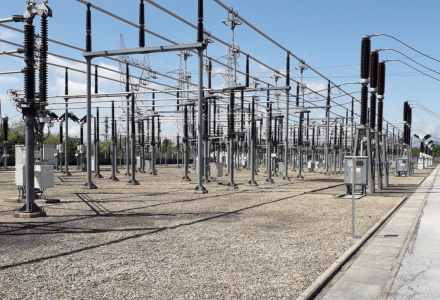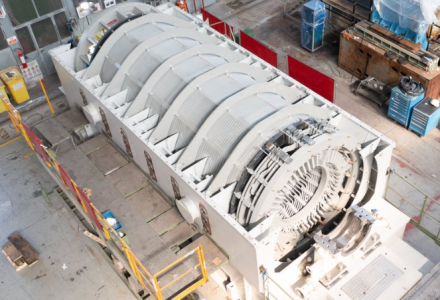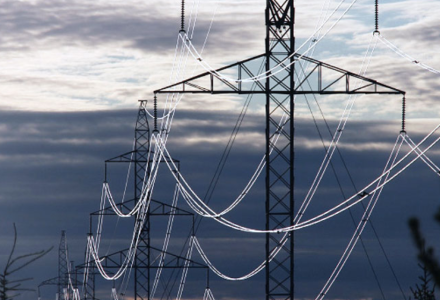
Inductive reactances, Static Var Compensator installations (SVC), static synchronous compensators (STATCOM), Regulating Resistors, SVRH
Client: Terna S.p.A. - Private Sector Network Italy
Services in this project:
- Integrated design (CSA and MEP)
- Electrical and structural sizing
- Geological surveys
- Topographical surveys
- Technical design in BIM
Power lines and primary substations form the nodes of an electric transmission network. The transformation and routing of electrical energy at different voltage levels takes place in these network interconnection structures.
We have been working in this sector since 2007 for Transmission System Operator (TSO) clients, companies, manufacturers and users, providing overhead line engineering design services and related activities, including safety coordination, site support, topographical surveys and measurements, final and execution design, and construction management.
The electrical and special installations are: the medium-voltage electrical system with transformation to low voltage and its distribution, the primary and secondary switchboards connected to the electrical distribution structure, the standard and emergency lighting network, the FM system, earthing, generators, Uninterruptible Power Supplies (UPS), fire detection and automatic extinguishing, and the pre-configuration of the anti-intrusion and access control systems.
The project also requires the monitoring and control of all the installations of the Data Center using a Building Management System (BMS) developed on multiple levels: field - in which sensors, pumps, valves, and actuators communicate and are activated by analogue and digital I/O cards; the acquisition of information from electrical panels; and the collection of data from machines.
The mechanical systems have been designed to guarantee the proper functioning of the IT equipment installed in the rooms, the maximum comfort for the people working in the office areas, the fire safety of the IT equipment and the protection of staff, and the reduction of energy consumption with the minimum objective of achieving an annual Power Usage Effectiveness (PUE) under 1.39.
The installations have also been engineered to meet the Class A1 requirements defined in the ASHRAE ‘Thermal Guidelines for Data Processing Environments’. The mechanical systems that have been engineered and designed are: cooling and computer room ventilation (free cooling); automatic fire extinguishing; leak detection; UPS and battery room cooling; mechanical ventilation and cooling of transformer and switchboard rooms; temperature control and monitoring of the mechanical systems; air conditioning and ventilation of office spaces with VRV heat pumps; ancillary and complementary installations (water, plumbing, drainage, etc.).
Connect with Our Team
Project data
- Country
- Italy
- Year
- 2010 - ongoing
- Status
- Ongoing



